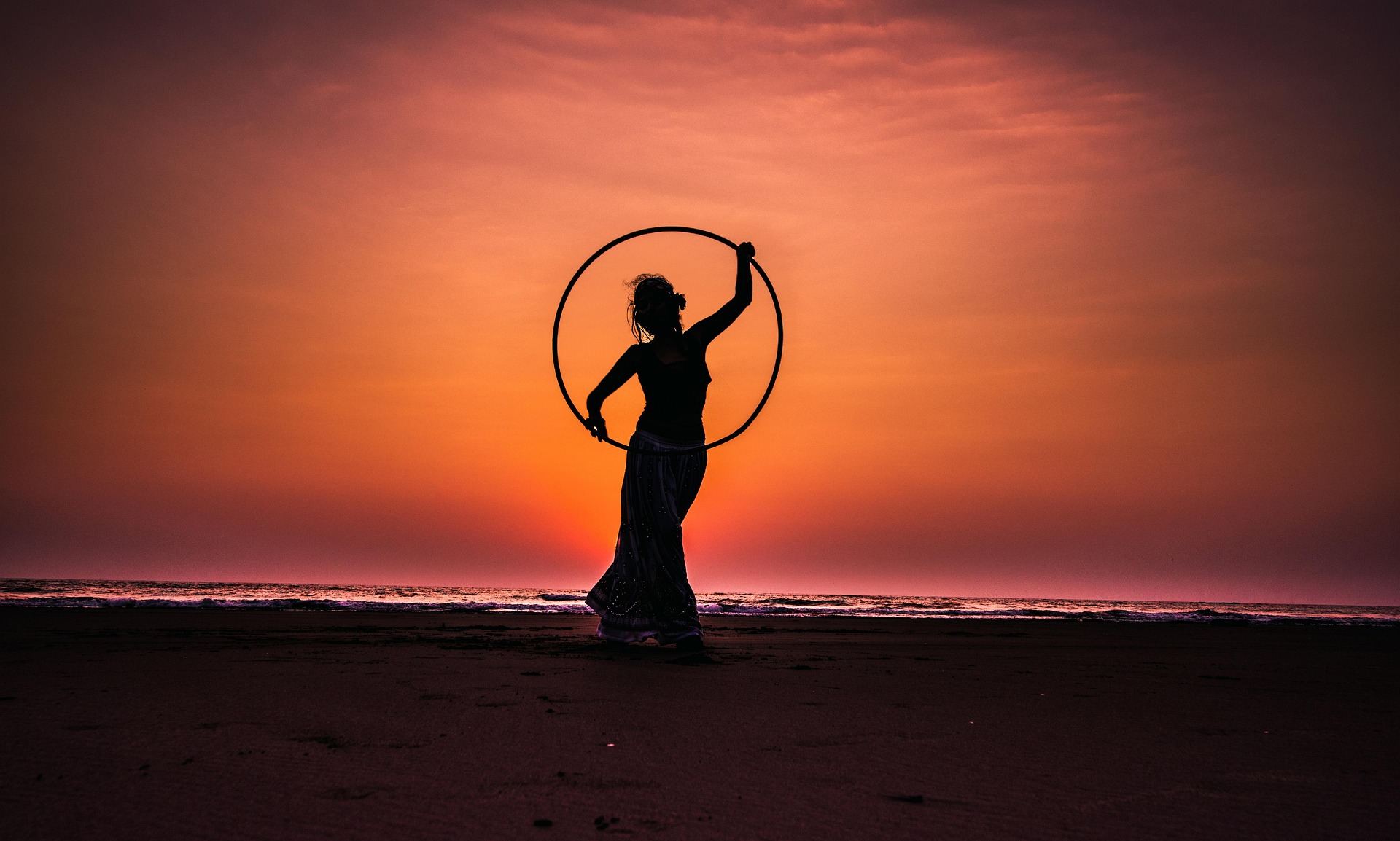Revisiting Reflexology: A Deep Dive into Beauty and Wellness Rooted in Ancient Practice
Reflexology stands as a unique intersection of beauty and fitness, tracing its roots back to ancient Egyptian, Chinese, and Indian civilizations. Despite its age-old origins, reflexology is experiencing a resurgence in modern wellness practices. This holistic therapy, focusing on the reflex points in our hands and feet, has a profound impact on our overall health, beauty, and fitness. From promoting glowing skin to aiding muscle recovery, reflexology may offer more than meets the eye.

The Genesis of Reflexology: Understanding its Historical Context
Though the exact origin of reflexology is debatable, its presence is undeniable in ancient cultures worldwide. Egyptian tomb paintings dating back to 2330 B.C show people receiving hand and foot treatments, while traditional Chinese medicine has long incorporated reflexology to balance the body’s ‘Qi’ or life force. In India, the practice aligns with Ayurvedic principles of Marma points, suggesting a holistic approach to wellness.
Unraveling the Reflexology Map: The Science Behind the Practice
The reflexology map is a fascinating aspect of this practice, illustrating how different points on our feet and hands correspond to various organs and body parts. The underlying theory suggests that massaging these reflex points can stimulate the nervous system, thus influencing the organs they’re connected to. While more research is needed to fully substantiate these claims, some studies have found reflexology to be effective in reducing pain, stress, and anxiety.
Reflexology and Beauty: A Connection Worth Exploring
The beauty benefits of reflexology might not be the first thing that comes to mind, but they are worth considering. By improving circulation and reducing stress, reflexology could potentially contribute to a healthier complexion. As stress and poor circulation are significant contributors to skin problems like acne, dullness, and premature aging, the calming and blood-flow boosting effects of reflexology hold promise.
Reflexology in Fitness and Recovery: A New Approach
Reflexology is also making its mark in the fitness industry, particularly in recovery routines. Fitness enthusiasts and athletes are turning to this ancient practice to alleviate muscle tension, improve circulation, and promote faster recovery. By targeting specific reflex points, they can potentially address soreness and pain in different body parts, adding another layer to their holistic fitness approach.
Reflexology Today: The Journey Ahead
Despite its ancient roots, reflexology is far from outdated. Instead, it’s evolving, with practitioners incorporating it into comprehensive wellness programs. As more people seek natural, holistic approaches to beauty and fitness, the demand for reflexology is likely to grow. However, it’s essential for the industry to continue supporting rigorous research, ensuring that the benefits of reflexology are not just anecdotal but backed by scientific evidence.
Reflexology, with its blend of age-old wisdom and modern relevance, offers an intriguing avenue in the ever-evolving landscape of beauty and fitness. While it’s not a cure-all, its potential benefits for stress reduction, better circulation, and holistic wellness make it a practice worth exploring. Whether as part of a beauty routine or a fitness recovery regimen, reflexology is a testament to the enduring power of ancient wellness practices in our modern world.




